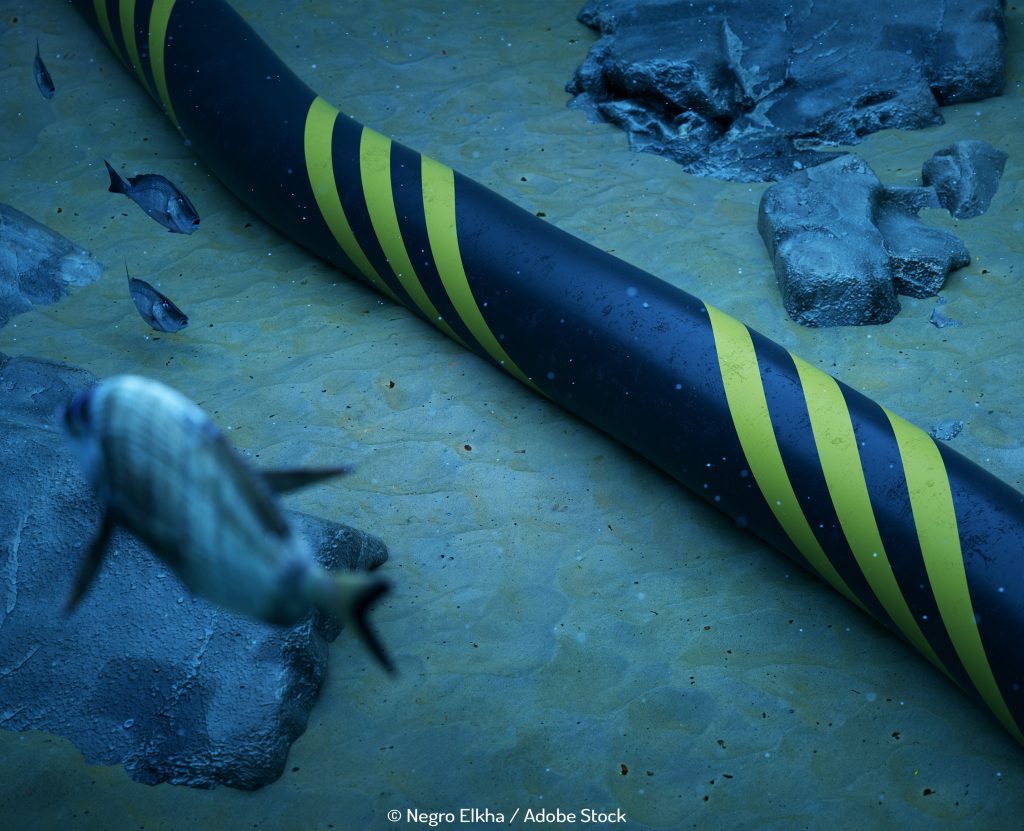What does the future hold for Norway’s oil industry?
That meeting happened eight days before Aker Solutions announced it was adjusting its workforce capacity in Agotnes by up to 200, and nine days before Statoil was reported to be considering cutting 2000 jobs by the end of next year.
It has since been confirmed that between 1100 and 1500 permanent employees and 525 consultants will be let go. That would mean that from 2013, the energy giant has removed a total of 2335 workers.
It’s the latest development in the country which has drastically acted to counter the downswing of the oil prices. Costs, according to Platts, have quadrupled for offshore drilling since 2000, “It is one of the most expensive places to drill for oil and gas in the world.”
But the alarm bells played by the country’s oil directorate earlier this year have not been heeded.
(Precise Consultants article March 2015: Betne Nyland said, “We must not end up in the same position as around 2000 when too many had been laid off and we spent 10 years getting back the people.”)
It’s not just Norway. This trend has been played out across the global stage. Recently it was estimated by The Financial Times that more than $100bn of sending on new projects has been cut, put off or put on hold. It said that Statoil and other industry giants have curtailed capital spending on 26 major projects in 13 countries.
Statoil’s move towards a reduction in operations actually began in Q1 2014. It chose to tackle the increase in production costs rather than strive for an output goal of 2.5m BPD by 2020. The result has been a one-fifth fall in total Norwegian investments this year, though that could be a conservative estimate.
Anders Opedal, Statoil’s VP and chief operating officer, was remorseful. “”We regret the need for further reductions, but the improvements are necessary to strengthen Statoil’s competitiveness and secure our future value creation.”
Per Harald Kongelf who runs Aker Solutions presented a similar tone, “Our Norwegian subsea services unit has had a slow start to the year as oil companies reduce spending and delay some projects. This makes it necessary for us to adjust capacity in this area.”
There is more to come, and we will find that out later this month. The company is determined to cut back on expenditure by $1.7bn, and while it had so far managed to reduce personnel voluntarily there is no guarantee it can continue to do so.
Statoil isn’t alone. The Norwegian petroleum industry is believed to have cut up to 20,000 jobs, or 12% of the total. The country’s Oil and Gas Association predicts it hasn’t ended yet. Director General Karl Eirik Schjott-Pedersen told Platts in an interview that the current view was that there would be even more cost reductions, meaning more jobs could go.
Intriguingly the government which owns 67% of Statoil supports the action. Energy Minister Tord Lien told FuelFix that “It’s natural and necessary that Statoil, as the biggest company on the Norwegian shelf and a large international player, must adapt to a new cost situation, like the industry as a whole.”
But that sits at odds with a recommendation that cuts in costs and spending doesn’t impact on efforts to gain from existing fields or indeed develop new opportunities – precisely the concern the mayor of Stavanger had at the start of the month. Next year the government will award a number of new drilling licences which will see the first new area for exploration since the 90s. It hopes this will act as a stimulus for the industry.
The good news for Norway is that it has something no other country has. The largest sovereign wealth fund in the world – the Norwegian Government Pension Fund. It can afford to shore up strength for a time of better prices; although whether or not the workforce will be around when that happens is a matter for another day.


